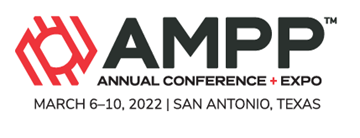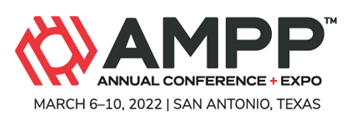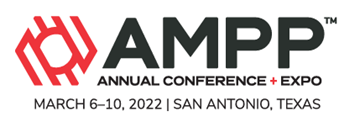Search
Products tagged with 'ampp conference papers'
View as
Sort by
Display
per page
Third Generation Polysiloxane Coatings For Elevated Temperature; Field Performance
Product Number:
51322-18044-SG
Publication Date:
2022
$20.00
Top of the Line Corrosion Mechanism for Multiphase Sour Gas Subsea Pipeline
Product Number:
51323-18782-SG
Publication Date:
2023
$20.00
Toward Objective Evaluation Of FRP Corrosion Barrier Condition
Product Number:
51322-17669-SG
Publication Date:
2022
$20.00
Towards Automated Development and Evaluation of Optimal Corrosion Inhibitor Products
Product Number:
51323-18783-SG
Publication Date:
2023
$20.00
Tracer Studies in Boiler Scale and Corrosion Control
Product Number:
51323-19005-SG
Publication Date:
2023
$20.00
Transition to Online Test / Verification of Cable Insulation Condition
Product Number:
ED22-17269-SG
Publication Date:
2022
$20.00
U.S. Perspective On Harvesting And Archiving Of Aged Components To Improve Materials Degradation Knowledge And Inform Aging Management
Product Number:
ED22-17113-SG
Publication Date:
2022
$20.00
ulti-Axial Fatigue Initiation Testing and Specimen Characterization of 304 Stainless Steel
Product Number:
ED22-18372-SG
Publication Date:
2022
$20.00
Understanding Atmospheric Corrosion Damage On An Aircraft Representative Galvanic Specimen: A Two-Pronged Approach That Combines Modeling With Experimental Measurement
Product Number:
51322-17638-SG
Publication Date:
2022
$20.00
Understanding Effect Of Scribe Method On Variability In Accelerated Corrosion Test Results
Product Number:
51322-17897-SG
Publication Date:
2022
$20.00
Understanding of the Differences on CaCO3 and CaSO4 Control by Diethylenetriamine Penta (Methylphosphonic acid) before and after Thermal Aging
Product Number:
51323-18789-SG
Publication Date:
2023
$20.00
Understanding the Effect of Water Chemistry and Surface Grinding on the Stress Corrosion Cracking Initiation of Filler Metal 82
Product Number:
ED22-17143-SG
Publication Date:
2022
$20.00












